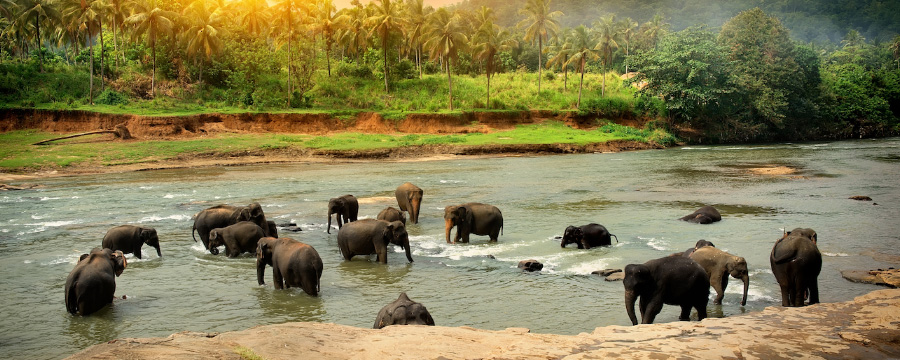#NA-02-03 Extinctions: Past and Present
About Course
University of Cape TownDescription
Why join the course?
This free online course explores how life on earth has been shaped by five mass extinction events in the distant past. At present, biodiversity is facing a crisis, with the prospect of a sixth extinction event today.
Explore the five mass extinctions of the past
There are discussions with scientists about how their research informs us about the biodiversity of our planet including the very first life forms; fish and tetrapod diversification; the radiation of reptiles and dinosaurs; and the rise of mammals.
We focus on the five previous mass extinction events that have shaped the biodiversity of our planet. The fossil record reveals evidence of species that went extinct during these mass extinctions and the new opportunities created for the surviving biota to diversify.
The threat of a “sixth extinction” today
Turning to the present and the anthropocene period, we look at how human behaviour is now beginning to impact the Earth’s ecosystems.
We consider the threat of the so-called ‘sixth extinction’, finding out how our actions are reducing biodiversity and threatening the survival of many species.
Learn with one of the world’s leading paleontologists
‘Extinctions: Past and Present’ is created by the University of Cape Town, and filmed on location at South Africa’s Iziko Museum, West Coast Fossil Park, Kirstenbosch National Botanical Gardens, and the Table Mountain National Park.
You will learn with Professor Anusuya Chinsamy-Turan – an acclaimed paleobiologist, author of a range of academic and children’s books on fossils, and former South African Woman of the Year. In 2013 she was awarded The World Academy of Science’s Sub-Saharan Prize for the Public Understanding and Popularization of Science.
What topics will you cover?
- The five past mass extinctions and their impact on life on earth
- What we know about the past from the fossil record
- The earliest forms of life
- From simple to complex life forms
- Extinction and radiation as drivers of change
- Likely causes of mass extinctions throughout earth’s history
- Current threats to biodiversity
- What we can do to reduce the risk of a ‘sixth extinction’
Who will you learn with?
I am a paleobiologist based at the University of Cape Town in South Africa. I have worked on a variety of extinct and modern animals. and I have published many research articles, plus four books.
Who developed the course?
The University of Cape Town is one of the leading higher education and research institutions on the African continent and has a tradition of academic excellence that is respected worldwide.
What Will I Learn?
- Identify how the five past mass extinctions have impacted life on earth by looking at changes across the fossil record
- Debate the prospect of a sixth extinction today drawing on knowledge from past extinction events
- Investigate how understanding the past extinction events helps us respond to contemporary environmental challenges
Topics for this course
Beginnings of life on earth
Welcome and introductions00:02:26
Getting the most from this course
The five big extinction events00:03:23
What we know from the fossil record
From simple to complex
Past and present
Exploring the world's five mass extinctions is a profound lesson, and an interesting one.
Pretty good information and teaches you how to explore the five mass extinctions of the past. A great guide on the earliest forms of life.
The course reinforced key messages learned during the explore the five mass extinctions of the past. Section 2 has good tips.
The course was more advanced than my current job skills require. It was a good stretch for me to explore this topic.
Provided clarity on a topic that is sometimes hard to explain to others.
Quick, pleasurable to listen to. Fairly obvious/simple content, somewhat repetitive. Doesn't hurt to hear it again though.
I enjoyed the course. I especially liked the handouts and will refer to them. They are a great resources. Had some academic troubles but were resolved.



